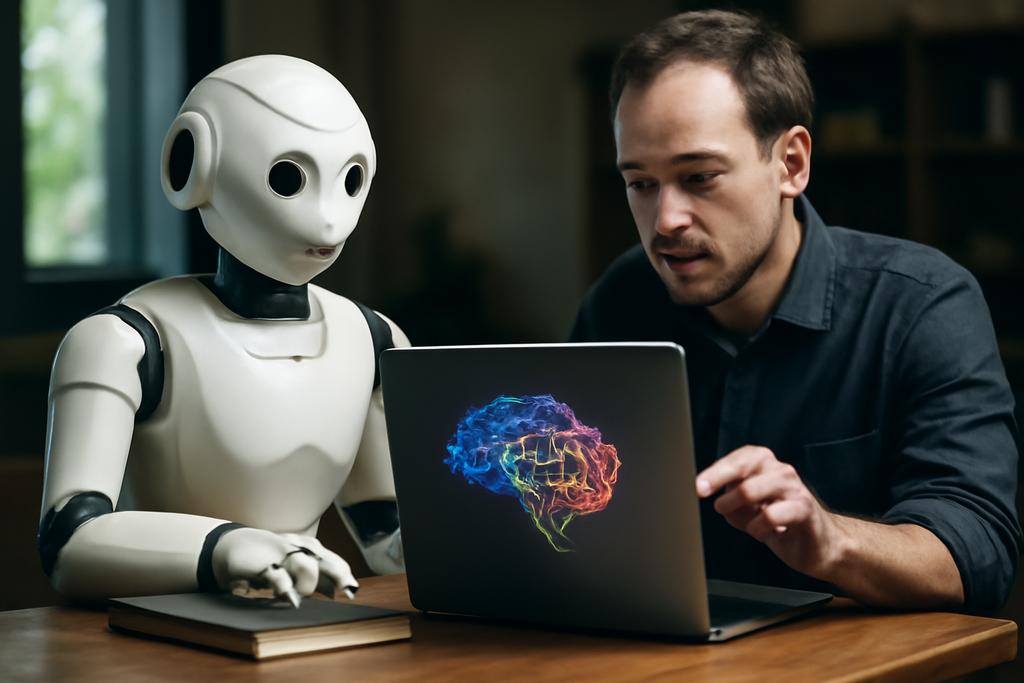Imagine a detective sifting through a mountain of case files, needing to quickly isolate the crucial details for solving a specific crime. That’s the challenge facing large language models (LLMs) – sifting through their vast training data to find relevant examples for a particular task. Current methods often grab similar-sounding information, even if it’s irrelevant to the problem at hand. This can lead to inaccuracies, confusing the AI and leading to unreliable outputs.
The Problem with LLM Memory
Large language models like GPT-4 are trained on massive datasets. Think of it as a vast library filled with every book ever written, and then some. When faced with a specific question, LLMs need to locate the most relevant passages to formulate a response. But, existing methods for finding these “in-context examples” are imperfect. They often retrieve information that superficially resembles the task but doesn’t help solve it. It’s like the detective pulling up files on robberies when investigating a murder; the information is similar, but ultimately unhelpful.
Researchers at Meituan and Fudan University have developed a new approach, called TDR (Task-Decoupled Retrieval), that tackles this problem head-on. Led by Lei Shen and Zhineng Chen, the researchers developed a new approach that focuses on improving the retrieval of high-quality in-context examples to maximize the potential and performance of LLMs.
TDR: A More Focused Approach
TDR works by essentially teaching LLMs to become more discerning in their memory retrieval. Instead of grabbing any vaguely related information, TDR first separates the training data into distinct categories (or tasks). This is like organizing the detective’s files into separate folders for murders, robberies, etc. This allows the LLM to focus its search on the specific folder relevant to the current problem. The process is iterative: after initial retrieval, the LLM provides feedback on whether the selected information was helpful. The model then uses this feedback to refine its retrieval process, much like a detective improving their search strategy based on the clues they’ve found. It’s a system that learns to eliminate noise, honing in on the most relevant information with each attempt.
The brilliance of TDR lies in its clever use of feedback. The LLM isn’t just passively retrieving information; it actively participates in the learning process, shaping the retrieval strategy over time. This feedback loop is key, ensuring that the LLM learns to focus on the most relevant information, ignoring the distractions that would otherwise lead to errors or hallucinations.
The Power of Fine-Grained Feedback
TDR’s use of “fine-grained feedback” is particularly important. It’s not just a simple “right” or “wrong” signal; instead, the LLM provides a nuanced assessment of each retrieved example, letting the system know precisely which examples were most helpful. This level of detail allows the retrieval mechanism to continuously refine its search strategy, becoming progressively more accurate and efficient.
This isn’t just about tweaking algorithms; it’s about fundamentally changing how we approach the way LLMs access and use their information. Instead of a vast, undifferentiated pool of knowledge, the LLM’s memory becomes organized and purposeful, drastically improving the quality and reliability of its responses.
Results and Implications
The results of the study, published in a preprint on arXiv, are impressive. Tested on a suite of 30 different NLP tasks, TDR consistently outperformed previous state-of-the-art methods. This isn’t just a marginal improvement; TDR showed significant gains across the board, demonstrating its effectiveness and versatility. The improvements are especially notable in tasks requiring nuanced understanding and complex reasoning, where the clarity of the retrieved examples proved vital.
The implications of TDR are far-reaching. As LLMs become increasingly powerful and prevalent, the ability to efficiently and accurately retrieve relevant information will become crucial. TDR offers a powerful new tool for enhancing the reliability and performance of these models, potentially leading to breakthroughs in a wide range of applications, from medical diagnosis to scientific discovery. By teaching AI to forget the wrong things, we unlock its potential to truly remember the right ones. This research shows that the most accurate and efficient way to help LLMs learn is by making them more effective learners and by letting them actively participate in their own learning process. This is a paradigm shift in the way we train these powerful systems.










